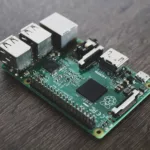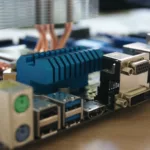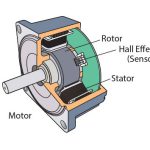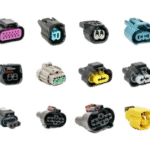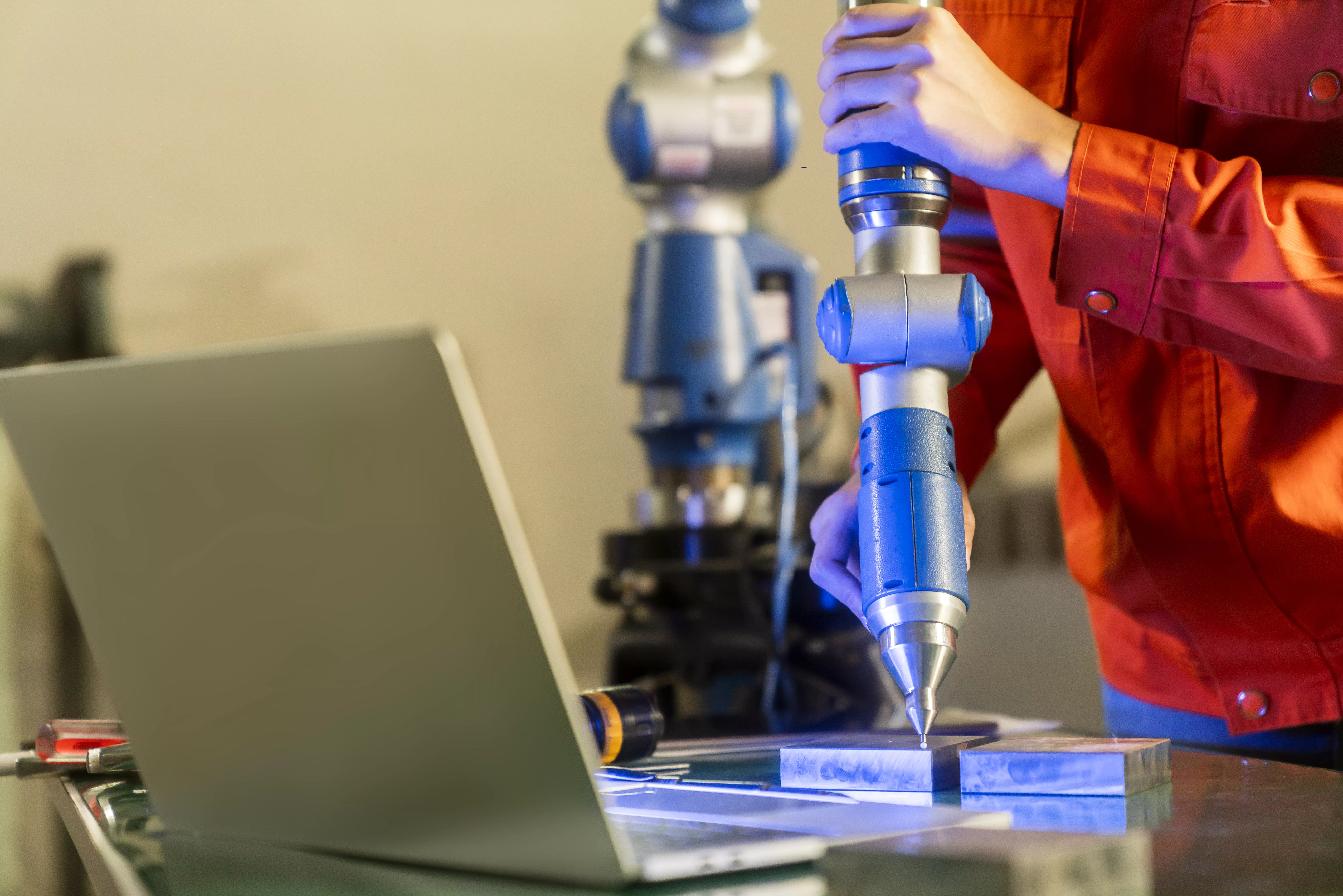
Using advanced sensors in smart manufacturing has led to significant improvements in quality control, process optimization, predictive maintenance, and overall production efficiency. With the increasing demand for real-time data, consistent productivity, and predictive maintenance. Sensors are becoming increasingly important in smart manufacturing, offering significant benefits for manufacturers embracing this technology. This article outlines the top 10 most important sensors used in smart manufacturing.
What is Smart Manufacturing? A Short Introduction to Sensors
Smart manufacturing or Industry 4.0 is a modern approach to manufacturing that uses advanced technologies. Like the Internet of Things (IoT), artificial intelligence (AI), and data analytics. This concept is the integration of advanced technologies and processes for enhanced efficiency, productivity, and flexibility into manufacturing operations. One of the key components of smart manufacturing is sensors, devices that can detect changes in the physical or chemical environment and convert them into measurable signals. Various compatible devices, such as computers, then process these signals to provide valuable insights and information for optimizing manufacturing processes.
The Importance of Sensors in Optimizing Smart Manufacturing
Theyare indispensable electronic devices that play a crucial role in smart manufacturing, providing a range of benefits, such as:
It provides real-time data that can be used to optimise the production process. It can measure several parameters, including temperature, pressure, humidity, and vibration, depending on the sensor type and application. By collecting this data and analyzing it in real-time, manufacturers can gain insights into how their production process is performing. Identify potential issues before becoming major problems, and make necessary adjustments to improve efficiency and reduce waste.
The Crucial Top 10 Key Sensors Empowering Smart Manufacturing: A Comprehensive Overview
Sensors are critical components of smart manufacturing. Here’s a brief overview of the top 10 key sensors used in smart manufacturing:
Temperature Sensors
Temperature sensors are one of the most used sensors in smart manufacturing. They are designed to measure the temperature of various components, machinery, materials, and equipment. Such as ovens, furnaces, and other heating elements. The sensor then uses this information to optimise the manufacturing process, reduce energy consumption and ensure the machinery is operating within safe temperature ranges, thus preventing equipment failure.
Flow Sensor
Flow sensors measure the flow rate and volume of liquids and gases in pipelines, pumps, tanks, and other components in manufacturing processes. The information can be used to optimise the manufacturing process, reduce energy consumption and costs, increase efficiency, and prevent equipment failure.
Level Sensor
As the name indicates, level sensors measure the level of liquids and solids in tanks, vessels, and other containers, providing real-time information to monitor the levels of materials, finished products, and waste. This information can optimise the manufacturing process, reduce waste, enhance efficiency, and prevent spills.
Pressure Sensor
Pressure sensors are vital devices designed to measure the pressure of fluids and gases to monitor the pressure of liquids in pipelines, pressure vessels and other components in manufacturing processes. This possible information optimizes the manufacturing process, quality control, process control, energy efficiency, predictive maintenance, and equipment safety.
Magnetic Sensors
They improve the efficiency and quality of manufacturing processes and are designed to detect components’ position, movement, and orientation. Like other sensors, magnetic sensors improve the overall process efficiency, protect the equipment from damage, and enable consistent productivity by providing accurate real-time data.
Proximity Sensors
Proximity sensors are electronic devices designed to detect the presence of objects in manufacturing processes by monitoring the position and movement of equipment and machinery. These sensing devices provide real-time data to control systems in smart manufacturing, allowing for precise control of production processes. They also ensure workers’ safety by detecting their presence in hazardous areas and triggering safety protocols.
Optical Sensors
They are becoming increasingly popular sensor in smart manufacturing to detect light, position, distance, and colour of products. These sensing devices also monitor and detect products’ defects and identify contaminants in manufacturing processes, ultimately reducing waste and costs, improving quality, and increasing efficiency.
Humidity Sensors
As the name suggests, humidity sensors measure and monitor the levels of humidity or moisture in the air or processed materials in manufacturing facilities. The estimated information optimizes the manufacturing process, prevents product degradation, improves efficiency, and ensures worker safety.
Vibration Sensors
Vibration sensors improve overall efficiency, protect equipment, and provide consistent productivity by measuring the vibration and providing real-time data about equipment and machinery in manufacturing processes.
Accelerometers
Accelerometers are devices designed to measure the acceleration of equipment and machinery in manufacturing processes. They can monitor the acceleration of motors, pumps, and other components and detect potential problems. Such as imbalances, misalignments, or wear and tear. This real-time data allows maintenance teams to address the issues and improve the efficiency, quality, and reliability of their operations.
Apart from the sensors mentioned above, light and gas sensors are also used in smart manufacturing with a wide range of applications.
Concluding Observations
Sensors are essential components of smart manufacturing. They provide valuable real-time, accurate data and insights. It can be used to optimise manufacturing processes, reduce waste, and increase productivity. The list of the top 10 most important sensors used in smart manufacturing includes temperature, flow, level, pressure, magnetic, proximity, optical, humidity, vibration sensors and accelerometers.






